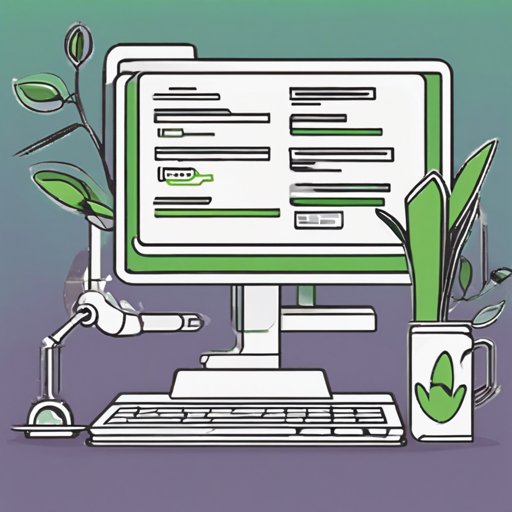Setting up a Spring Boot application with MyBatis Plus and Druid can be quite rewarding. In this guide, we’ll walk through the steps necessary to configure a robust application using these technologies. Whether you are a seasoned developer or just beginning your journey, this article will help you seamlessly connect the dots.
Prerequisites
- Java Development Kit (JDK) 8 or above
- Maven installed on your machine
- Basic knowledge of Spring Boot
- MySQL database (for data persistence)
Step 1: Create Your Spring Boot Project
To initiate your project, you can use the Spring Initializr or manually create a Maven project. If you are using Spring Initializr, choose the following dependencies:
- Spring Boot DevTools
- Spring Web
- MyBatis Spring Boot Starter
- MySQL Driver
- Druid
- Swagger
Once your project is generated, add the dependencies for MyBatis Plus and other relevant libraries in your pom.xml:
<dependency>
<groupId>com.chengxiaoxiaog</groupId>
<artifactId>lizhi-database-spring-boot-starter</artifactId>
<version>1.0-SNAPSHOT</version>
</dependency>Step 2: Configure Your MySQL Database Connection
In your application.yml file, set up the database configuration:
spring:
datasource:
druid:
driver-class-name: com.mysql.cj.jdbc.Driver
url: jdbc:mysql://localhost:3306/database?serverTimezone=UTC&useUnicode=true&characterEncoding=utf8
username: root
password: 123456789Step 3: Set Up Druid as the Data Source
Druid is a powerful data source that provides monitoring and more. In your application properties, you need to configure Druid’s attributes:
druid:
initial-size: 1
max-active: 20
min-idle: 5
max-wait: 60000
validation-query: SELECT 1
filters: stat, log4j, wall
use-global-data-source-stat: trueStep 4: Building Your Application Structure
Your application will consist of several components like Controllers, Services, and Mappers. Think of it as building a sandwich:
- Controllers: These are like the top layer bread, handling requests like toppings.
- Services: This is the filling of the sandwich, encapsulating the business logic.
- Mappers: This layer is the bottom bread, providing a bridge to the database.
For the implementation, create classes for each layer and define their roles appropriately. The below class is an example of a simple Controller:
@RestController
@RequestMapping("/test")
public class TestController {
@GetMapping
public Result test() {
return Result.success(1);
}
} Troubleshooting Common Issues
- Database Connection Problems: Ensure your MySQL server is running and configured correctly. Check the
url,username, andpassword. Ensure the database name is also accurate. - Swagger Not Displaying: Check if Swagger is enabled in your
application.yml. Also, make sure that your base-package is correctly defined. - Dependency Errors: Verify that all necessary dependencies are added to your
pom.xml. Usemvn clean installto resolve any conflicts.
For more insights, updates, or to collaborate on AI development projects, stay connected with fxis.ai.
Conclusion
By following these outlined steps and troubleshooting tips, you can create a robust Spring Boot application integrated with MyBatis Plus and Druid. This foundational setup paves the way for building complex applications that are easy to maintain and scale.
At fxis.ai, we believe that such advancements are crucial for the future of AI, as they enable more comprehensive and effective solutions. Our team is continually exploring new methodologies to push the envelope in artificial intelligence, ensuring that our clients benefit from the latest technological innovations.

